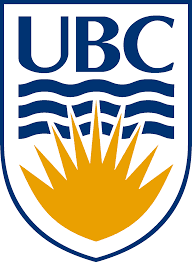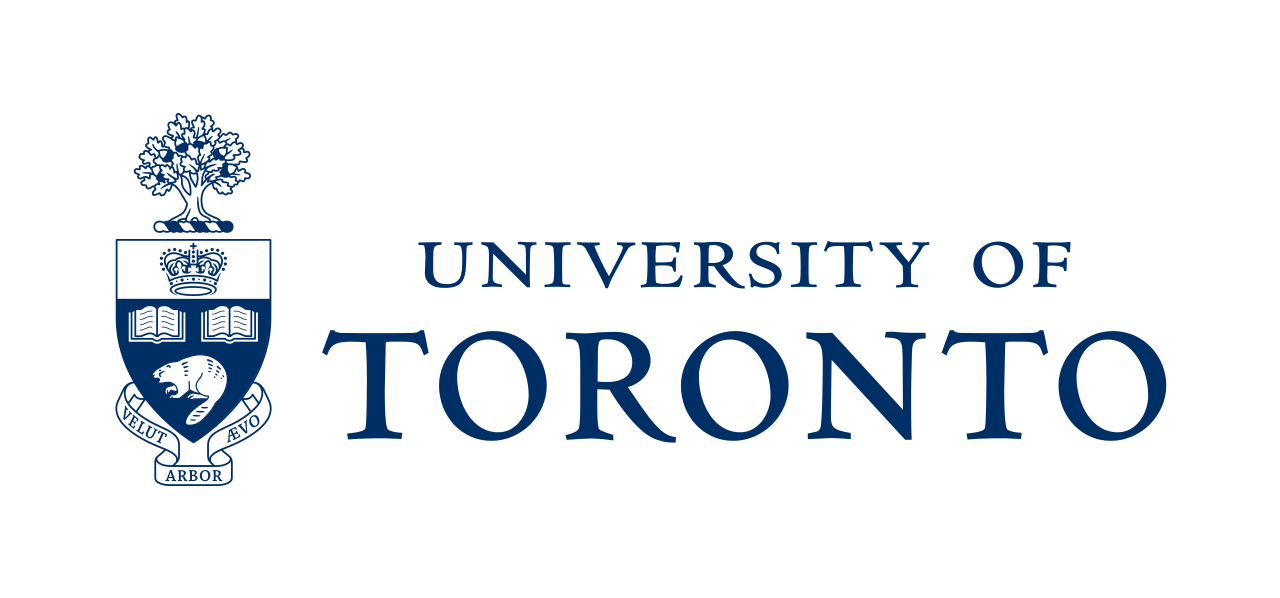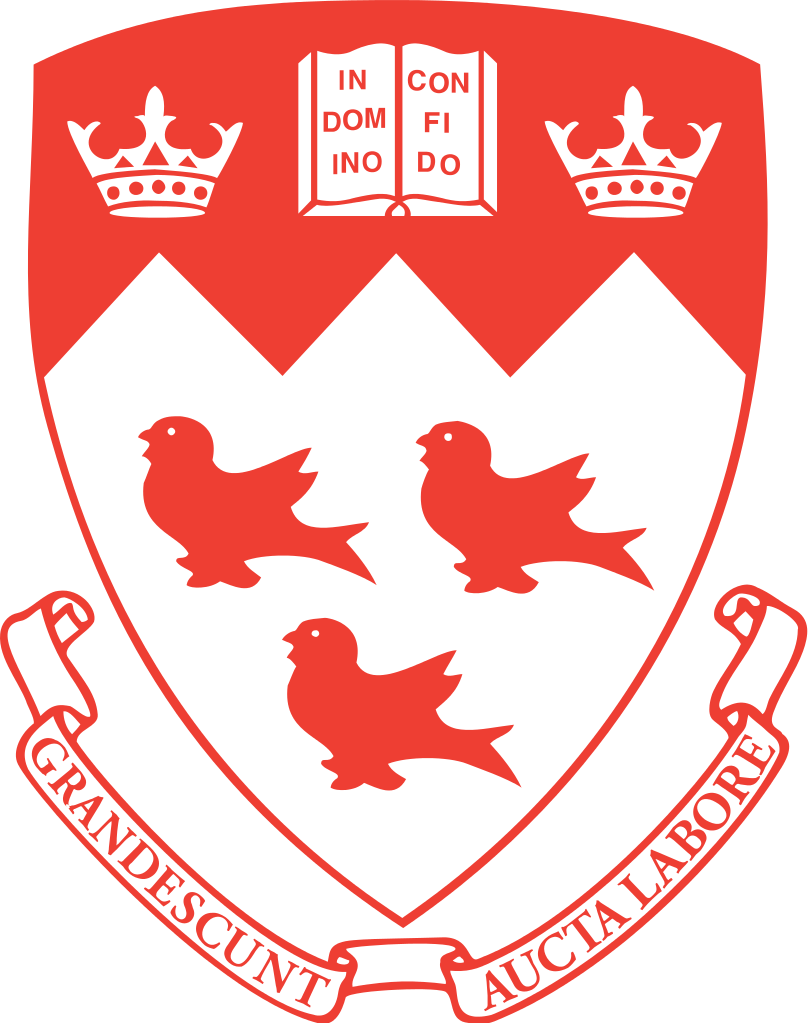- Date & Time: Wednesday, May 12th, 2021 @ 2pm ET
- Location: Zoom - https://yorku.zoom.us/j/94476373440?pwd=aWdEWnV6QnQxK2xsVDVQMit5aFZxZz09
- Meeting ID: 944 7637 3440
Passcode: 798189
Featured Speakers: Peter Keum, Akash Chauhan
Peter Keum
Peter Keum is MSc candidate at York and a B. Eng graduate in Aerospace Engineering from Carleton University. His interest in space began with a capstone project involved building a Cubesat in a multi-disciplinary team. Peter joined Dr. Regina Lee’s group to pursue graduate degree in nanosatellite design in 2019. Peter’s current research focuses on the simulation of a control moment gyroscope (CMG) attitude control for small satellites. The simulation will compare the performance of reaction wheel and CMG in small satellite mission that require agility, flexibility, and reliability. Outside of his primary research, he is leading the development of attitude determination and control hardware for IRIS Cubesat mission, one of the ten CubeSat teams sponsored by the Canadian Space Agency.
Abstract
Improving Attitude Determination and Control of Small Satellites
For a satellite mission to be successful, the attitude determination and control system (ADCS) plays a critical role. With the advent of small-scale satellites, a long-term goal is to improve their ADCS capabilities. Current study focuses on two key technologies to improve small satellite ADCS, namely digital sun sensor and control moment gyroscope (CMG). It has been demonstrated that the accuracy of a sun sensor can be improved using sub-pixel interpolation. The integration of the proposed sun sensor design in attitude determination algorithm, such as TRIAD, QUEST, and EKF, demonstrates the effect of component level accuracy in the overall ADCS performance. TRIAD has been tested, and currently the study is being extended to examine other determination methods, which may see application in the IRIS Cubesat. A promising new actuator in small satellite ACS is the CMG with its capability to provide more torque as well as reducing power consumption of maneuvers compared to other actuators such as reaction wheels and magnetic torque rods. An example of next-generation small satellite mission which may require CMG is coastline observation or effective maritime surveillance missions. Complex coastlines cannot be fully covered using previous actuators and only be possible using small scale CMGs. A simulation study using MATLAB and STK is used to examine the feasibility of small satellite mission and the performance based on the newly designed CMG concept.
Akash Chauhan
Akash Chauhan is currently pursuing his Ph.D. in Physics with Dr. Regina Lee at York University’s Nanosatellite Lab. His PhD thesis involves the application of micro photonic technologies in a space setting, specifically the use of an optics- based attitude sensor known as an Interferometric Fiber Optic Gyroscope (IFOG), and the use of an optical phased array for beam steering in space-based optical communication terminals. He sums up his research interests to include space- based optics, and all things micro photonics related. Prior to his Ph.D., Akash obtained his undergraduate degree in Astronomy at York University during which he was an undergraduate TEPS trainee working with Dr. Lee working on modeling the noise due to stochastic effects on the IFOG.
Abstract
Design and Development of an Optical Phased Array for inter-satellite optical communication terminals
With the increased interest in satellite constellations, the need for different communication bands with the potential for fast data transfer is apparent. Optical communication hopes to fulfill this gap in the market, and a major proponent of these communication terminals is the beam steering application. Traditional beam steering solutions are mechanical in nature, thus not ideal for a space setting due to their numerous moving parts reducing their reliability and longevity. Optical phased array (OPA), in comparison, has the capability of integrating the beam formation, and steering into one integrated package with no moving parts. The goal of the research done is to create an OPA capable of handling a high-power input beam, fast data transfer rates (GHz), high angular resolution, and high angular range. In this presentation, I will discuss the basics of micro photonics, design, and simulation of optical components and layout of the OPA, recent experimental data, and future plans.







